How To Care For Avocado Tree – Plant Care Tips
Avocados thrive in well-drained, acidic to neutral, aerated soil in warmer regions (but not hot). Watering is needed only when the soil dries out.
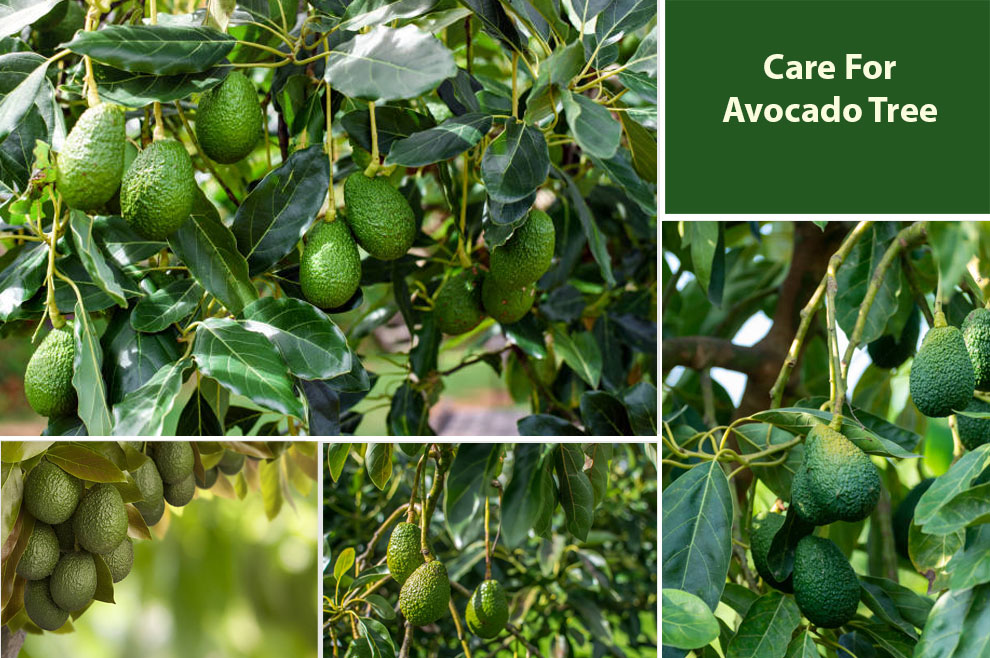
Avocados are the star ingredient in many recipes and dishes, from guacamole to toast. Of course, store-bought avocados are delicious, but they are nothing like the home-grown versions.
If you wish for your avocado trees to keep producing delicious, creamy fruits, you should take measures towards avocado tree care.
They thrive in USDA hardiness zones nine through eleven in temperatures between 60 and 80 degrees Fahrenheit. If the temperature surpasses 100 degrees Fahrenheit, Avocados become less productive.
Water it regularly but ensure that the soil dries between two watering to prevent root rot or becoming a breeding ground for harmful organisms and bacteria. You can add a thick mulch layer to help with moisture levels and pour a nitrogen-rich fertilizer for healthy growth.
Pruning is not really necessary, but be cautious if you do it. But, this brief gist on avocado plant care might not be enough for new and seasoned growers. So, here is a detailed guide on caring for avocados, irrespective of your chosen species.
Do Avocado Trees Need A Lot Of Care and Maintenance?
Avocados are low-maintenance and hassle-free. So, you can still grow them in your garden or backyard even if you are not a proficient gardener.
Native to Mexico, Avocados are sub-tropical trees best suited for coastal, semi-humid climates, like the one in California, where the temperature does not get too hot in the summer.
Thus, if you expose it to the right conditions, you can enjoy healthy produce.
How To Care For Avocado Trees?
Let us begin with helping you choose the right variety of avocados for your area and then move on to the ideal growing conditions for avocados.
1. Which avocados to grow?
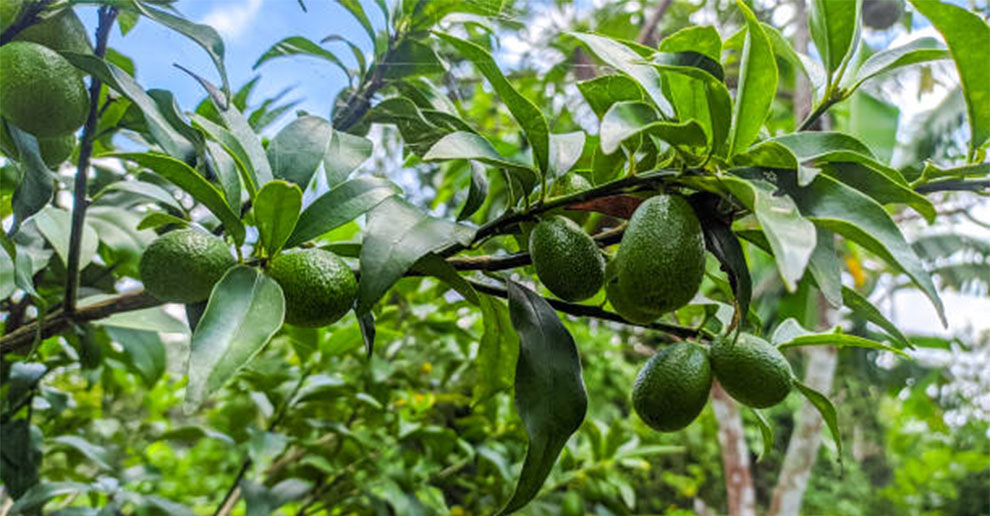
First things first, consider how much space you have available for growing your avocados. If you have a vast backyard, you can opt for taller varieties like Bacon, Hall, Hass, and Monroe.
Depending on your chosen specie, the trees will be between fifteen and thirty feet upon maturity. These mature trees will have a spread between ten and eighteen feet.
But, if you do not have ample space, you should opt for dwarf avocado species like Wurtz. These trees grow between eight and ten feet.
Condo trees can also be a good option as it grows approximately 10 feet. You can also opt for potted avocados if you grow avocados that do not grow very tall.
2. How much sun does an avocado tree need?
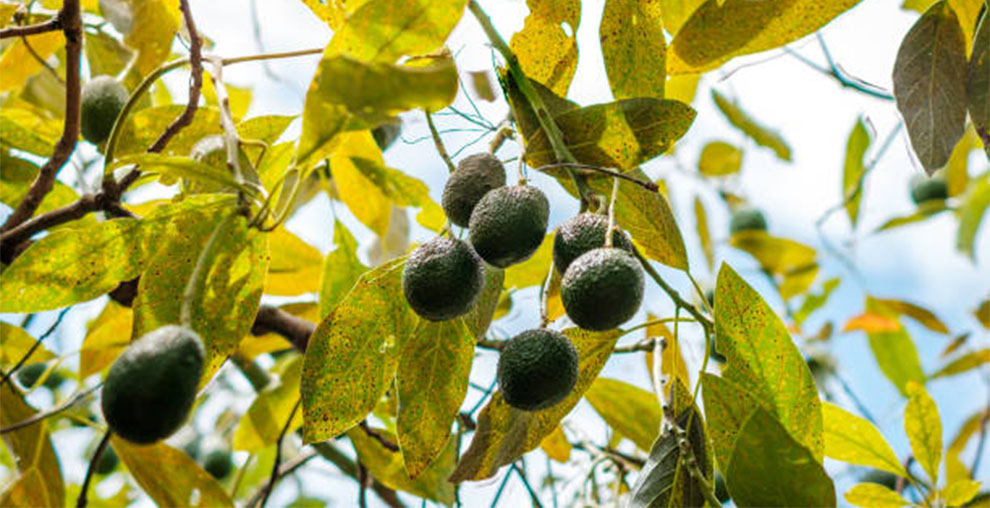
Light can be a tricky component for people who grow avocados outdoors. It is because young trees are susceptible to heat stress. Therefore, they do not need bright sun. Hence, please make efforts to guard them against the intensely bright light.
But, as the plant grows, it demands more light to yield avocados you love and cherish. Hence, to shield your plant against the harsh sun for a few years till they establish, you must pick a spot that can shade the shorter trees while the plant is young.
Hence, the avocado tree care starts from the moment you decide to plant it. If you pick the right spot, the tree grows taller. Thus, it will outgrow the shade and get access to the full sun it needs across the entire canopy.
However, if you cannot find the perfect spot, you should plant the avocados where they receive full sun, but be extra cautious in hot summers, especially when the tree is young and growing.
3. Soil type for Avocados
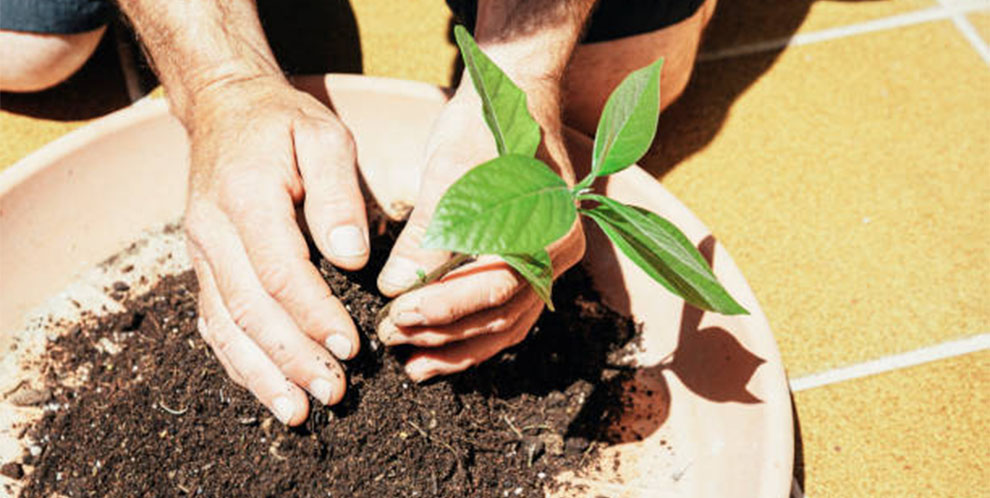
Avocados love loamy, rich, and well-draining soil. You must ensure that it is aerated as well. It is imperative to ensure that soil does not hold excess water.
Soggy soil can result in root rot. Avocados love slightly acidic to neutral pH. Hence, we recommend soil with a pH between five to seven. The trees are sensitive to alkaline soil.
One of the best avocado care tips involves adding a thick mulching layer. It is necessary for soil retention as correct moisture levels can protect the avocado’s shallow root system.
Ensure that the mulch is approximately six inches from the trunk’s base to ensure that it does not cause collar rot or suffocate the roots.
4. How often should I water my avocado plant?
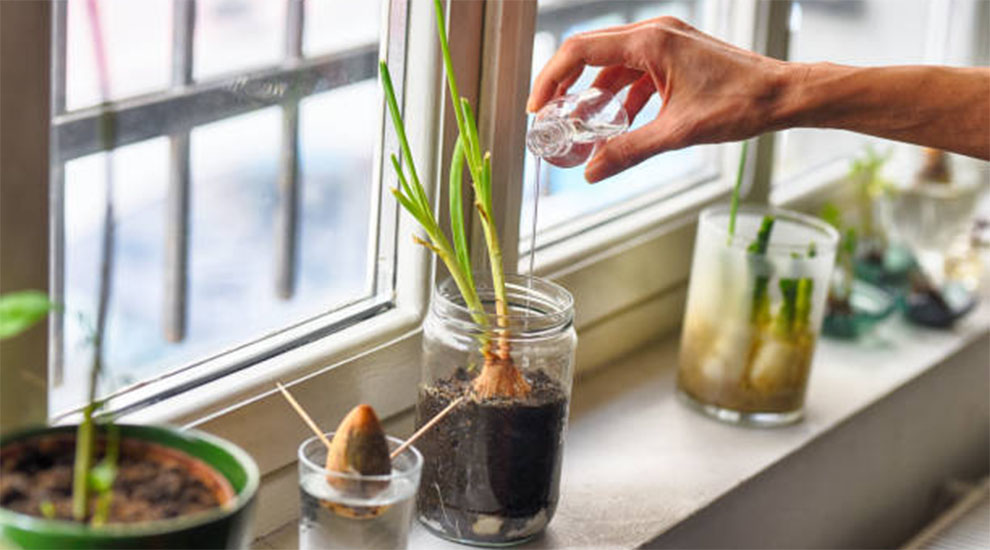
Avocado tree care is incomplete without understanding the plant’s watering needs. Ideally, avocados should be watered at least two to three times per week. However, as the roots reach into the bulk soil, they can do better with more water.
But, in its second year, you can reduce the watering frequency to only once a week. While watering, ensure that you do it enough to soak the soil well. After watering, wait and let the soil dry out before you rewater. You do not want the soil to be too dry or soggy, so be cautious with how much and how frequently you water.
Ideally, you should pour two gallons of water during the irrigation season for mature avocados.
But, of course, seedlings do not require that much water. Thus, you must check the soil before watering to ensure it has dried a little. If the soil enveloping the roots can hold your hand’s impression upon squeezing, you can wait a bit.
5. Avocado tree care temperature & humidity
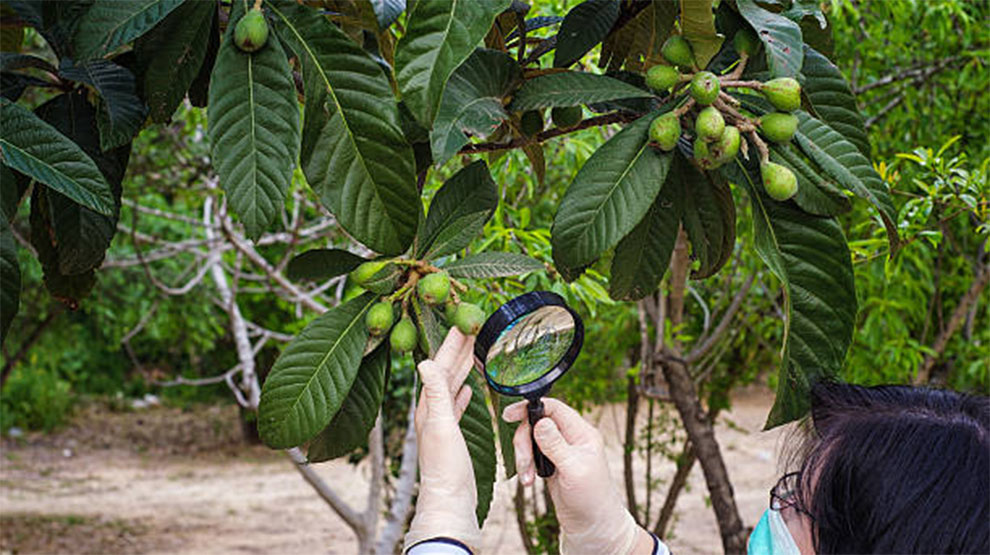
Avocados enjoy tropical climates. Hence, they thrive in USDA hardiness zones nine through eleven. However, in some states, they can even survive in zone 8.
Typically, avocados do not like the cold (but some varieties do better than others) and demand warmer weather to stimulate growth.
Even though they like warm weather, they do not relish the extremes. Hence, extremely hot weather may dry the soil and the air and eventually stress the plant.
On the contrary, extremely cold weather, anything below freezing temperature for an extended duration, might kill the plant. So, if you reside in the hardiness zones, you can plant your avocados outdoors. They thrive the best in temperatures between 60°F and 85°F and cherish medium to high humidity.
6. How often to fertilize avocado trees?
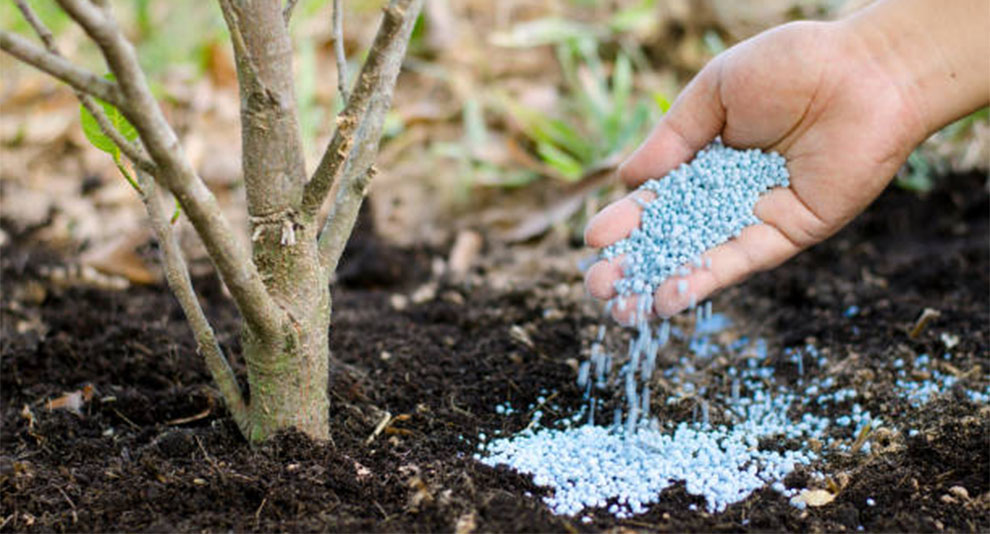
Fertilize your avocado from spring through autumn. During this duration, the plant grows actively and requires plenty of nutrients to stay healthy and grow better. How to care for avocado trees if you grow them in pots?
You can use a liquid fertilizer like Plantura Liquid Flower seed. Add it to the water and use it when you water your avocados. It is an easy-to-apply fertilizer and has a high nitrogen content.
Thus, it ensures healthy and rapid growth. In addition, the fertilizer contains microorganisms that enable the roots to absorb nutrients and optimize substrate use. Fertilizing once a week will suffice, and the plant does not need fertilizer during winter.
7. Pollination
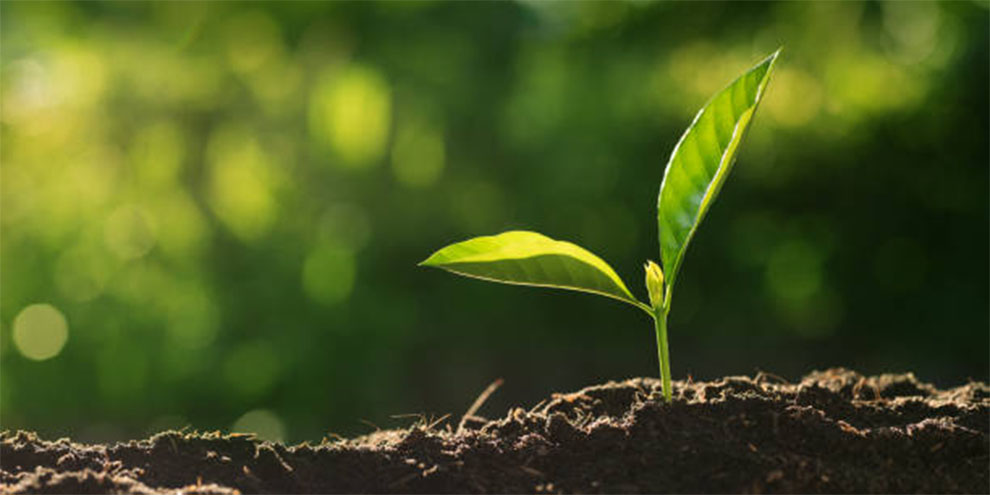
Sadly, pollination can be a little tricky with avocados. These trees have perfect flowers, and every flower has male and female parts. But, the trees open their male and female parts at separate times. Hence, self-pollination though possible is not always fruitful.
Thus, for optimum pollination, you must have at least two avocado trees. It is one of the crucial avocado care tips.
Typically, avocado trees are either Type A or Type B varieties. The former open their female parts one day in the morning and male parts the next day, in the afternoon.
On the contrary, Type B trees open their female organs in the afternoon of day one and their male counterparts in the morning of day 2.
Naturally, the different times make cross-pollination possible easy between the two types. So, when selecting the trees to plant, you must consider growing both Type A and B for optimum results.
8. Frost protection
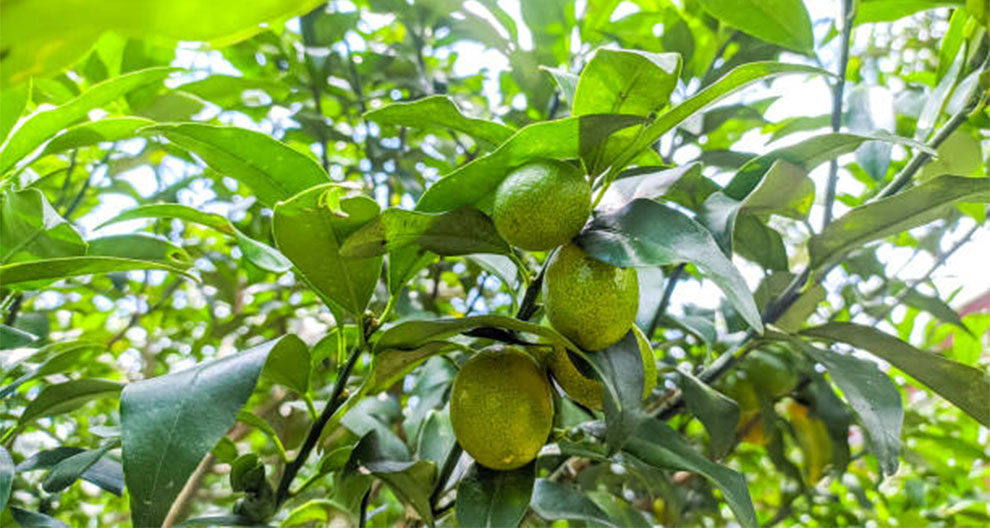
By now, you know how to take care of avocado plants. Hence, your plant will be off to a great start. But, you still need to take steps towards protecting it from different hazards, and one of them is the frost that typically kills most avocados.
Please remember even if you grow your avocados in areas that never fall below freezing, you may still receive an occasional frost. Hence, please take measures to protect your plan.
Mexican avocados can survive a temperature drop to 20 degrees, and Guatemalan varieties can survive a brief fall to 25-30 degrees. However, West Indian avocados cannot tolerate any frost.
Hence, do not plant them in America. Be aware of the weather forecast. If it alarms you in the colder weather, you must not give up and take measures to protect your plant.
Firstly, build a soil mount approximately six to eight inches deep around the trunk’s base to offer it better insulation. Water it thoroughly and screen the trees from the cold wind as much as possible.
If you have a small tree, you must wrap it with a tarp or blanket during the night but remove the covering in the morning. Placing a light bulb or a small camping lantern under the cover can also help keep the air around the tree from freezing.
9. How to prune the avocado plant?
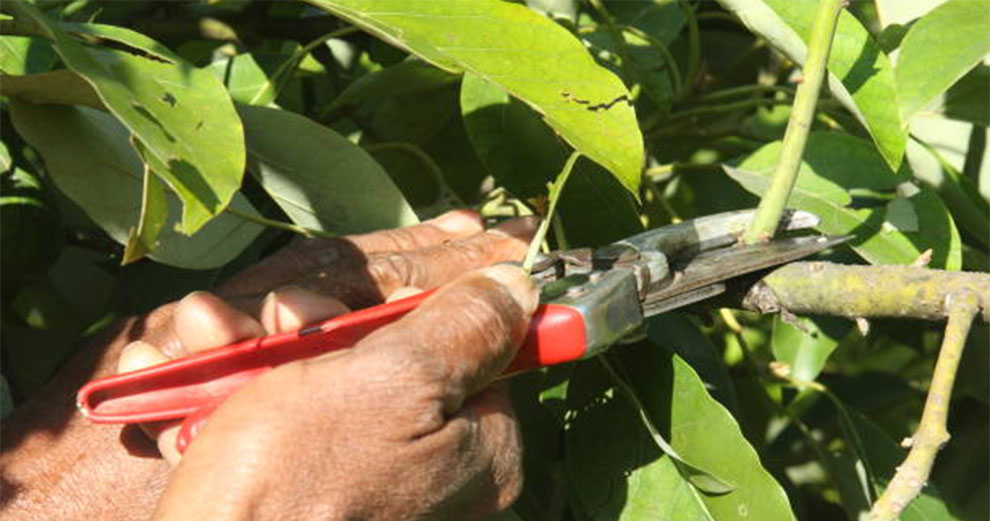
Pruning is imperative for avocado plant care. It also helps maintain the plant’s visual appeal, curtail its height and encourage branching. Avocados rarely branch on their own and form central shoots with few leaves.
Thus, trim the plants from the top early on. Spring is the best time for pruning. You can take a pair of sharp scissors and chop the top of the main shoot below the upper leaves.
The plant will then branch and sprout from this point. Repeat it with other well-developed side shoots. Before pruning, ensure that the plant is at least thirty cm and has some leaves.
10. Propagation
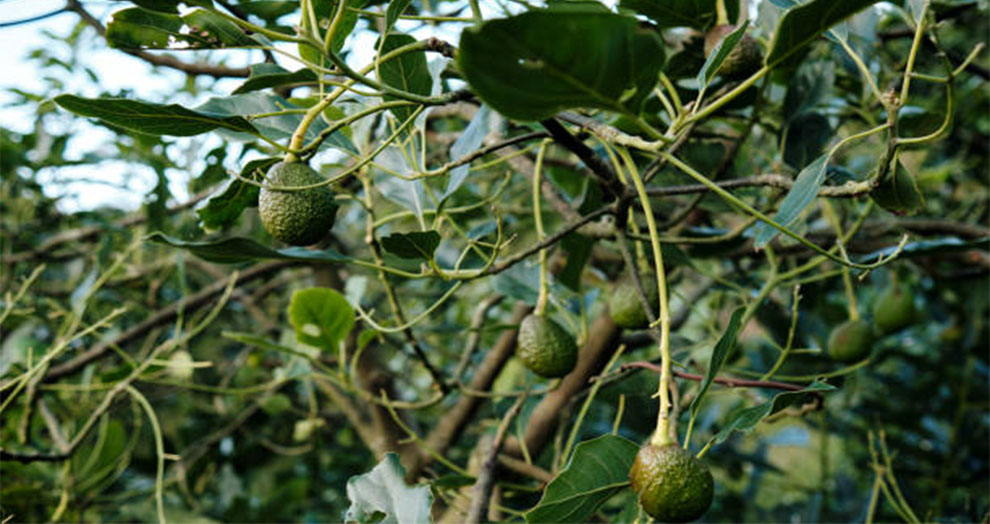
You can propagate the avocados via cuttings, layering, or grafting. Do it in spring when there is abundant new growth.
Grafting helps mix the desirable qualities of the two avocado varieties, while cuttings and layering help yield duplicate trees. Depending on what suits the bill, you can choose the method.
Related: How to grow avocado from seeds? | When do avocado seeds sprout?
11. Pest and Diseases
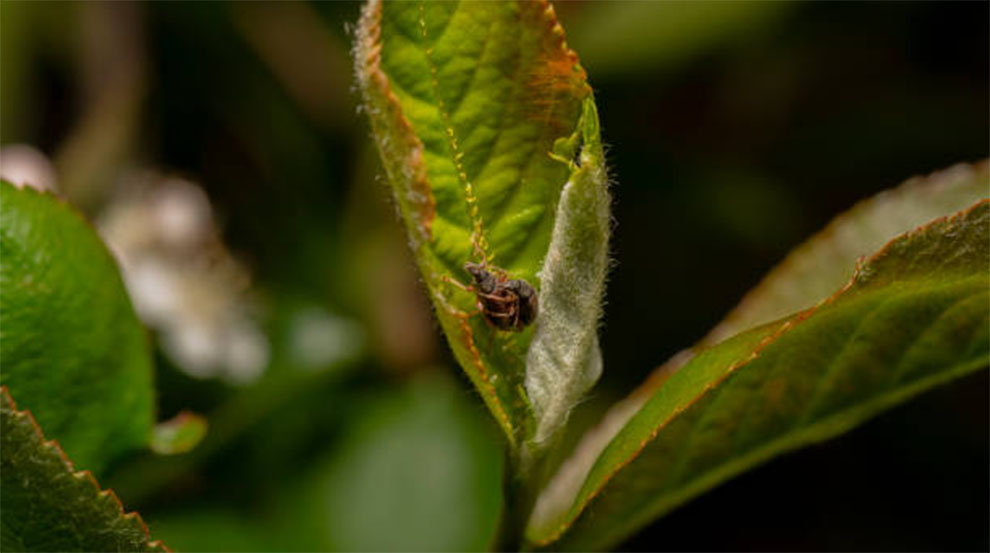
Shield it against pests and diseases for good avocado plant care. If you grow your avocados as houseplants, they will pass their prime after only a few years. Hence, they will not yield as many leaves and look splendid and vibrant as they once did.
It is natural because indoor avocados do not get as much light and usually suffer from low humidity. It lowers their lifespan. Dryness in the air and the soil might result in leaf tips drying. At times, pests, too, might attack the avocados, resulting in a sickly plant.
Here are some pests and diseases that may infect your avocados:
Mealybugs: They happen when the air is dry in the winter. You can identify their infestation from the greasy, white residue on the plant. You will spot them on the leaf axils. Beyond collecting and removing them, you must also fight the pests with a biological pesticide.
Scale insects: They primarily hide in the leaf axils, but you can recognize them from their shield-like hard outer covering. Even though scale insects can tolerate dry air, they show up more often in winter when the plant is weak.
Verticillium wilt: It is a fungal disease that attacks the plant via the soil. The fungus clogs the water channels, making it difficult for the plant to absorb the water, resulting in wilting and withering leaves.
For good avocado tree care, you must ensure that the soil is not soggy and there is no waterlogging around the tree.
Spider mites: They are tiny pests, identifiable from the damage they cause. Spider mites suck the sap from the leaves, leaving lightly colored, small dots.
Root rot: If the soil feels wet and smells musty, the avocado plant is probably experiencing root rot. You may also see it as brown or yellow leaves that have dried at the edges.
You can prevent this by cutting the rotten roots and repotting the tree with fresh soil. In addition, consider reducing the watering frequency. Further, a good drainage layer at the bottom can help avoid waterlogging.
Cankers: They are deadly if they affect the trunk. Whenever you spot them, you must prune the infected area instantly.
Fruit rot: It affects the ripening fruit. Caused by the fungus, fruit rot spreads from poor maintenance and is more prevalent in stressed trees. So, ensure there is no debris surrounding the tree.
It can be a breeding ground for fungal spores and infect the crop. Further, pick the produce at harvest time to lower the risk.
Frequently Asked Questions
Ques 1. How long does it take for an avocado tree to bear fruit?
Ans. If you start with an avocado pit, you will have to wait at least thirteen years for it to yield fruits that too when the pollination is rightly done between the male and female plant.
But, if you commence with a nursery-grown, healthy plant, you will have delicious avocado fruits growing in four years.
Ques 2. Are avocado trees messy?
Ans. Avocado plant care is fuss-free. The tree grows with no mess, and has a low maintenance requirement.
Ques 3. Can avocados be grown in pots?
Ans. Like the citrus trees, avocados, too, can be grown in containers. Natural terra cotta is the best pick for the pots as its porous clay ensures moisture and the air moves through the soil. When planting in a container, start with a six to eight-inch diameter pot with good drainage holes.
